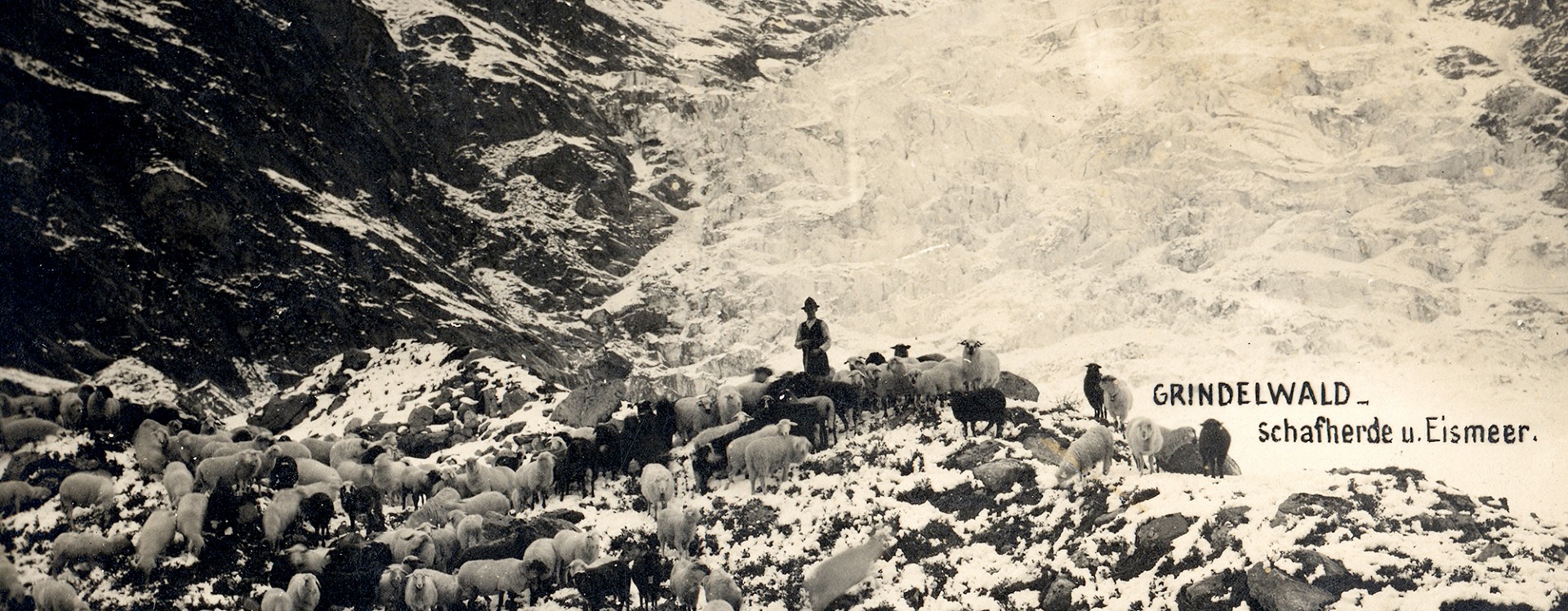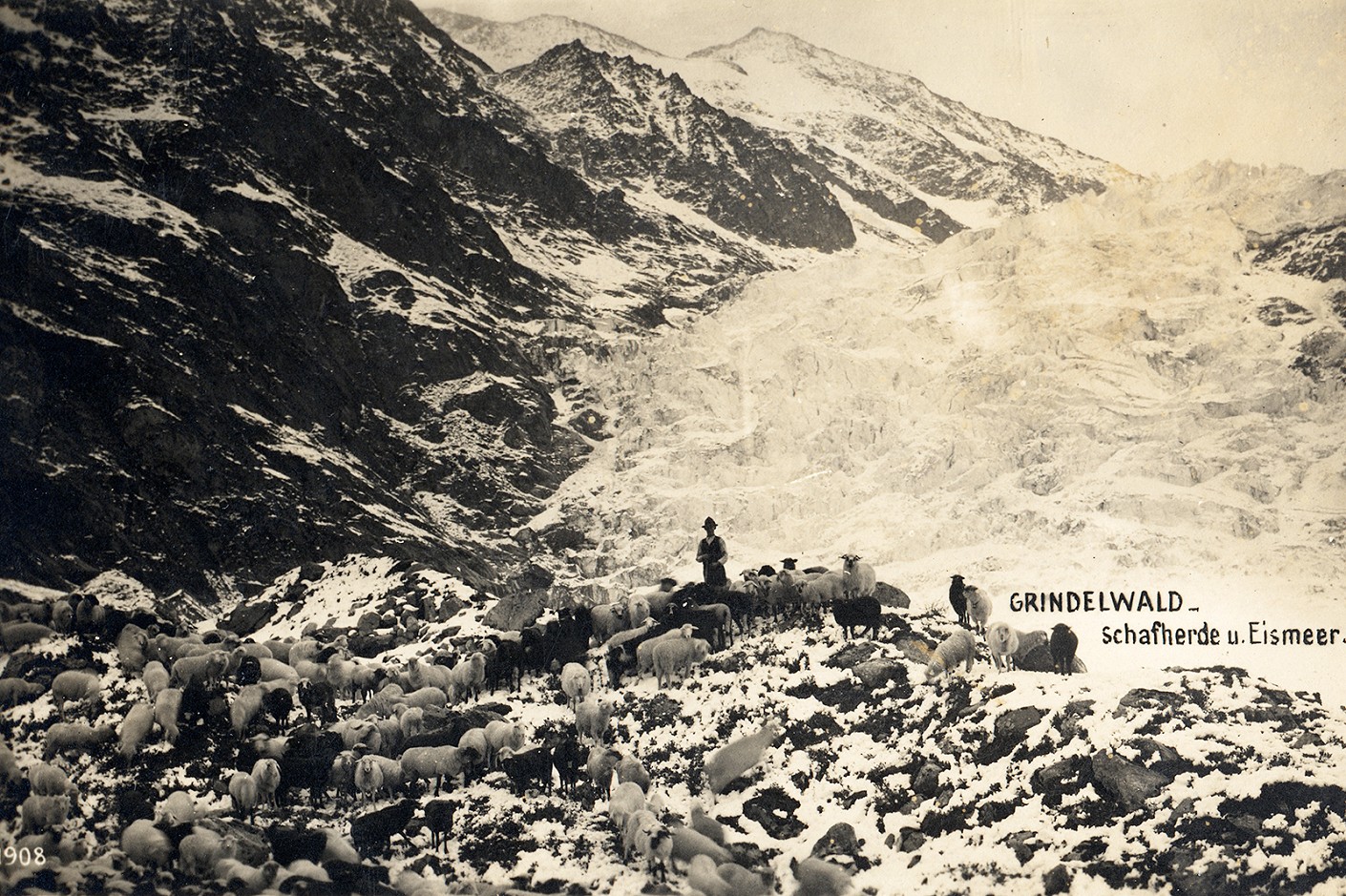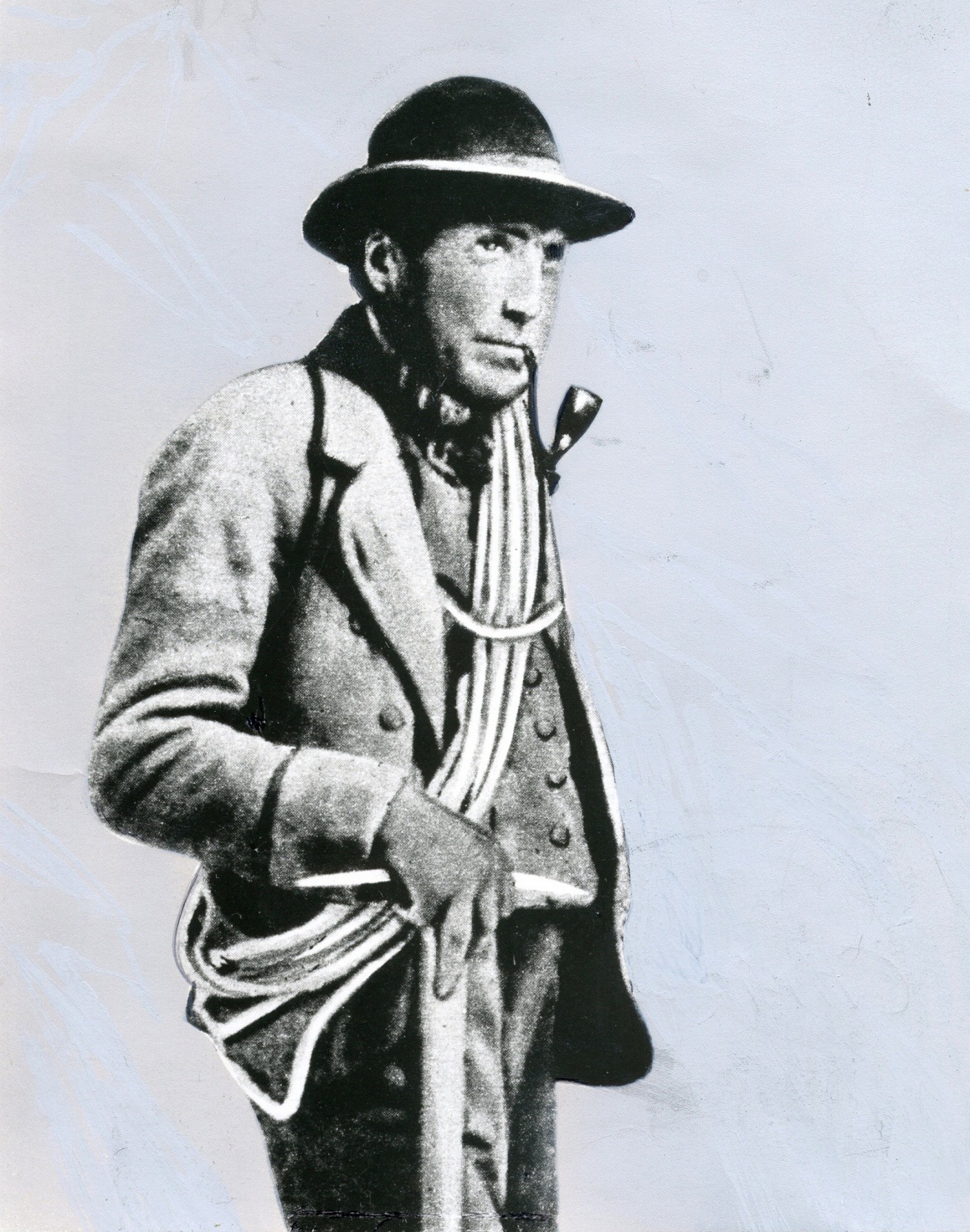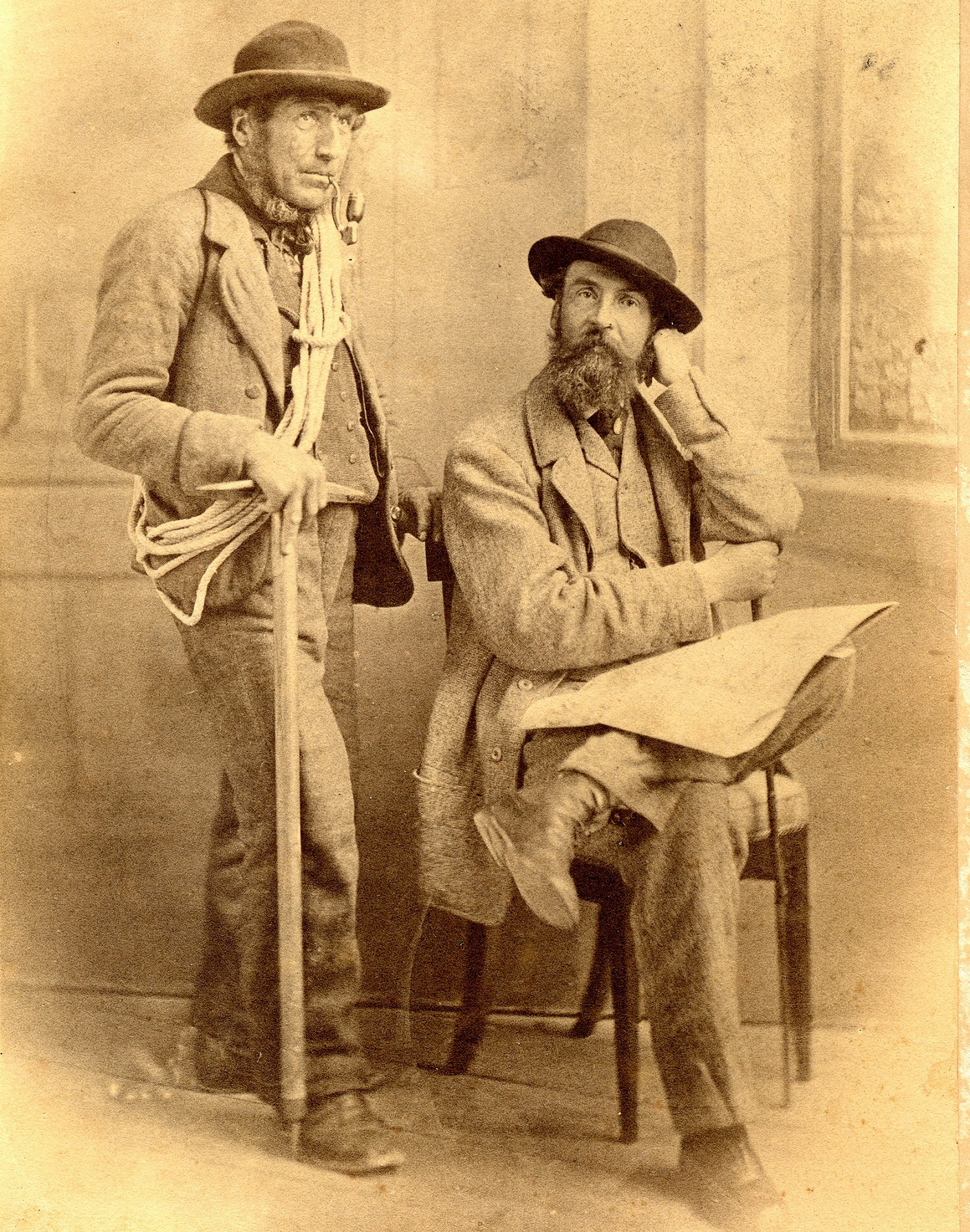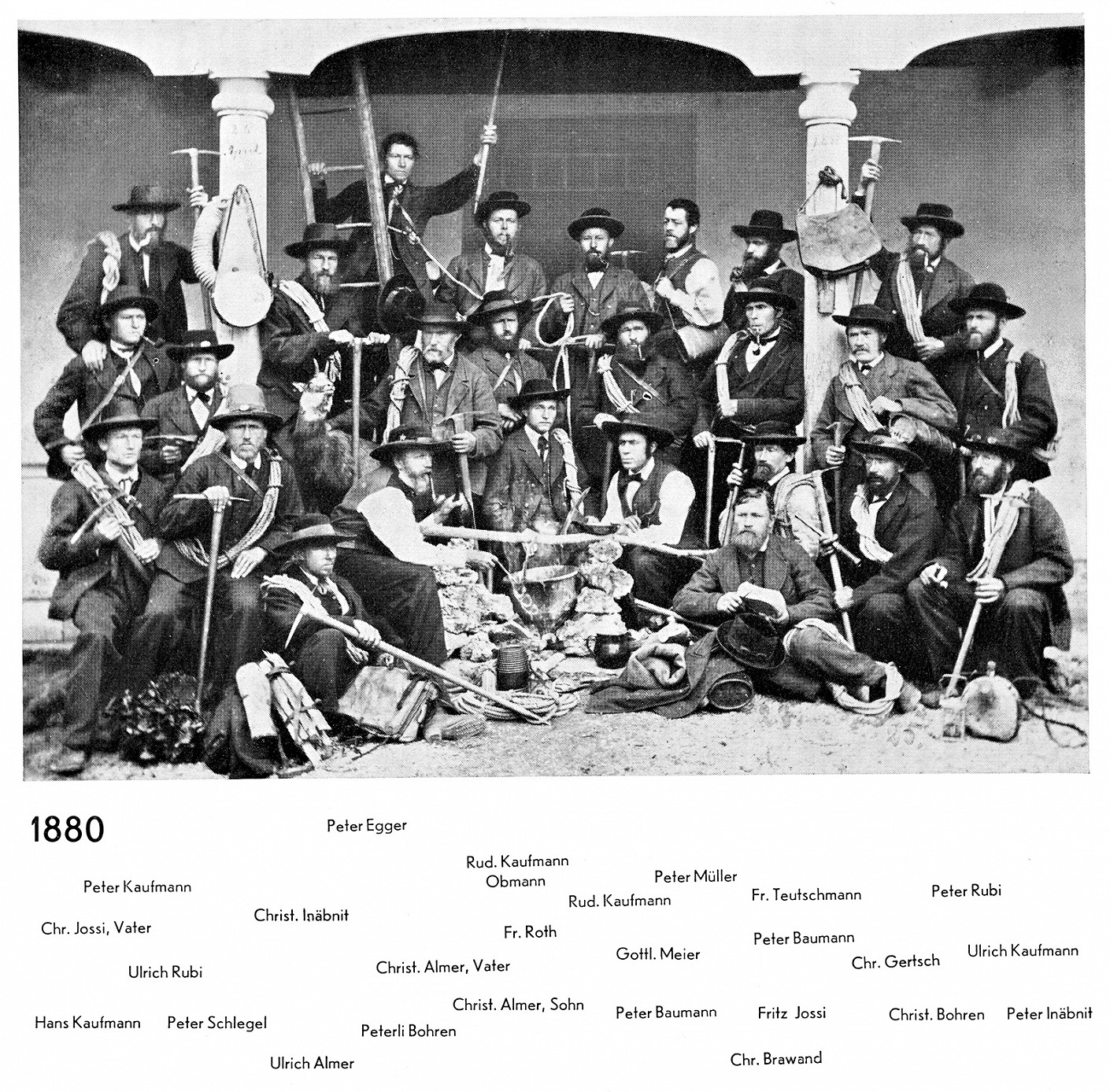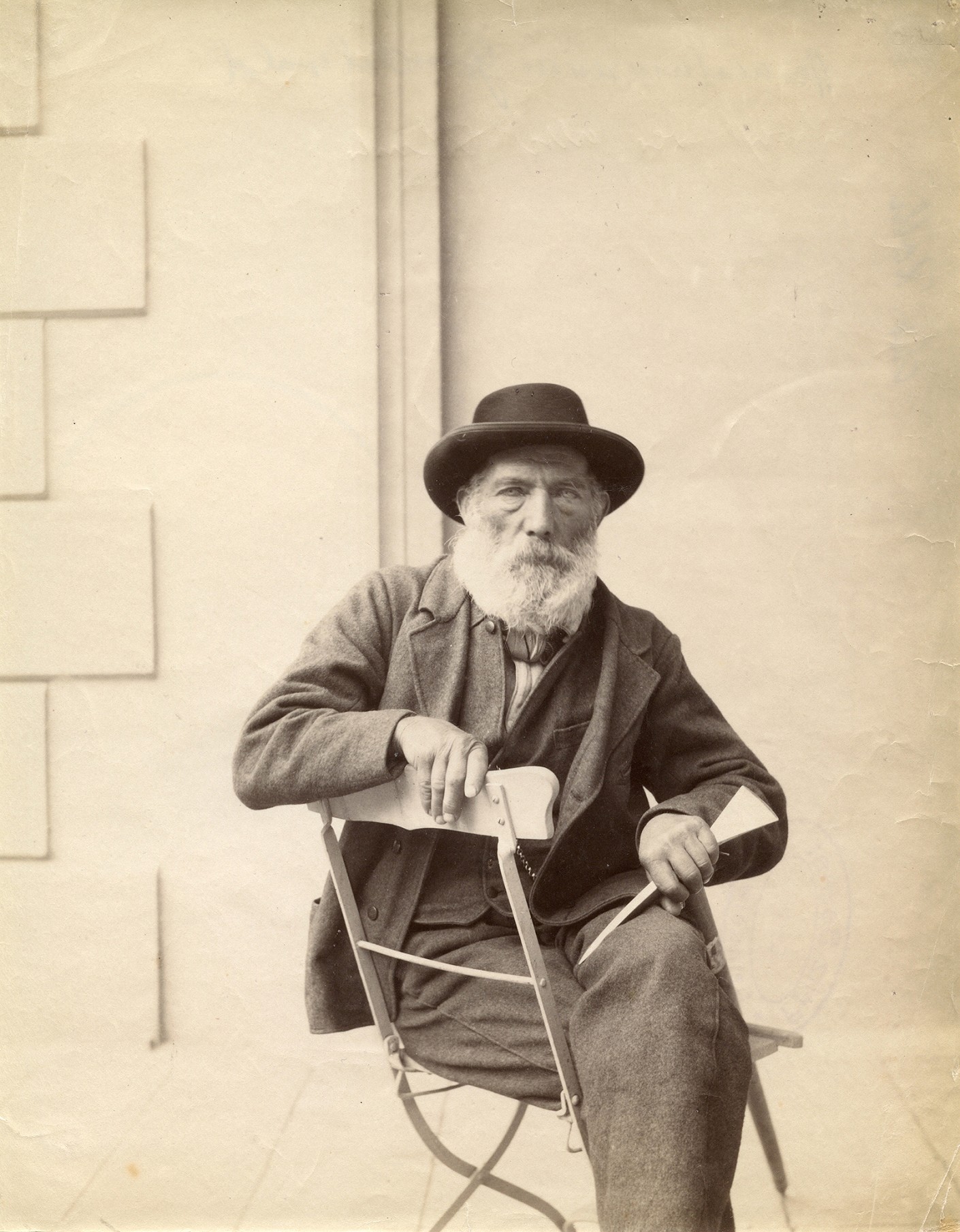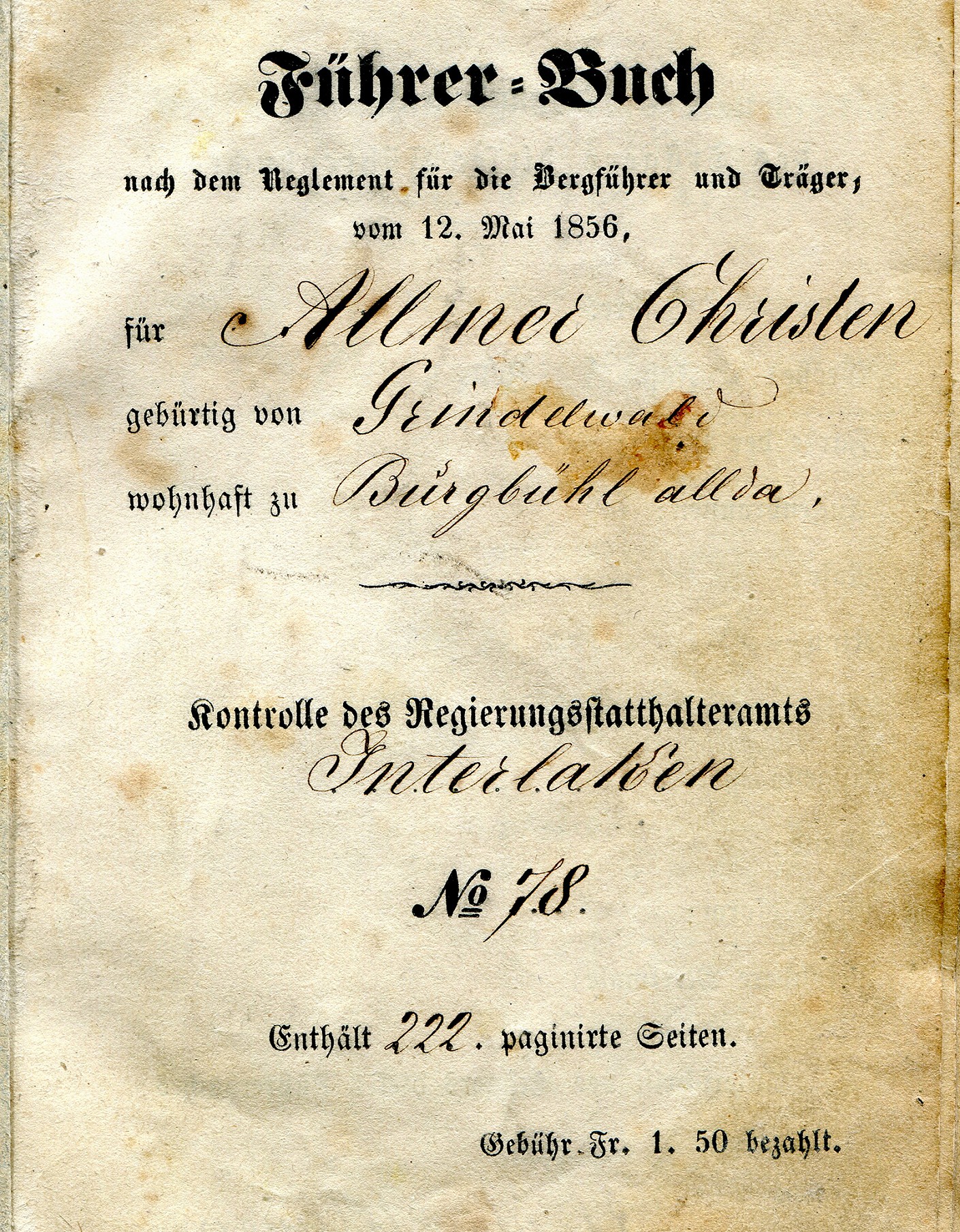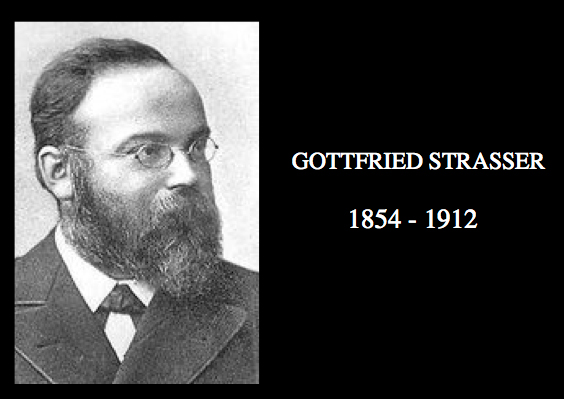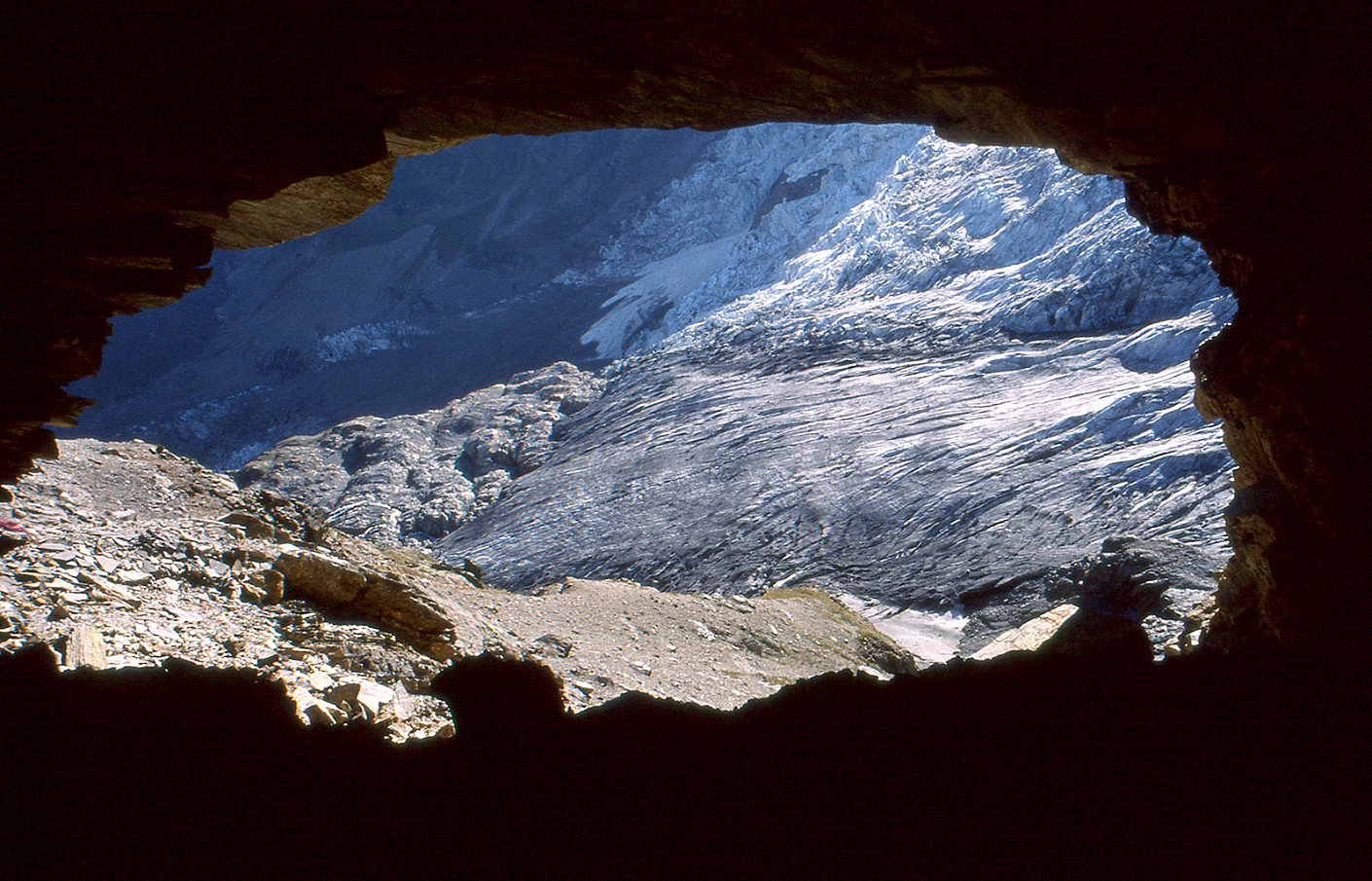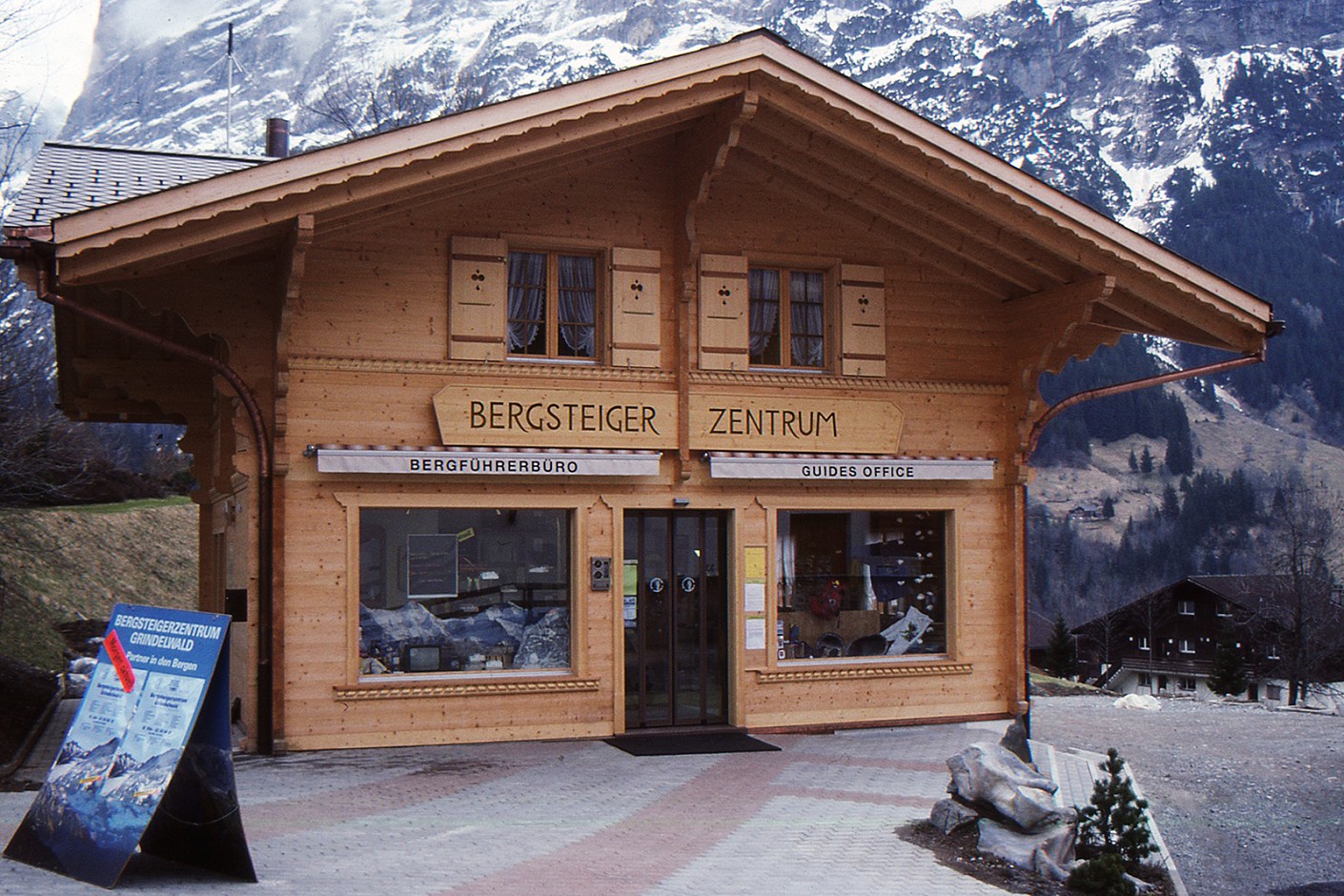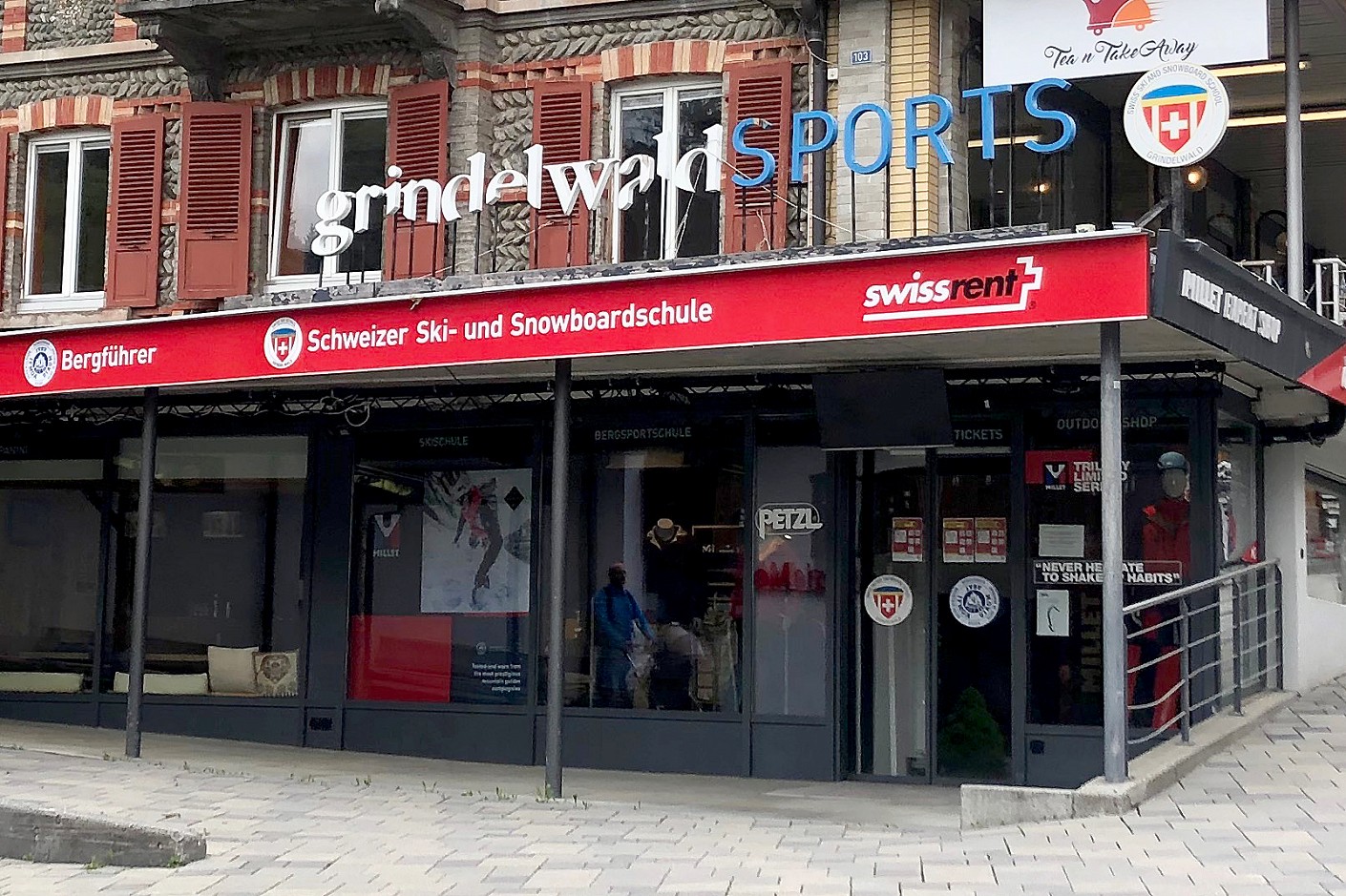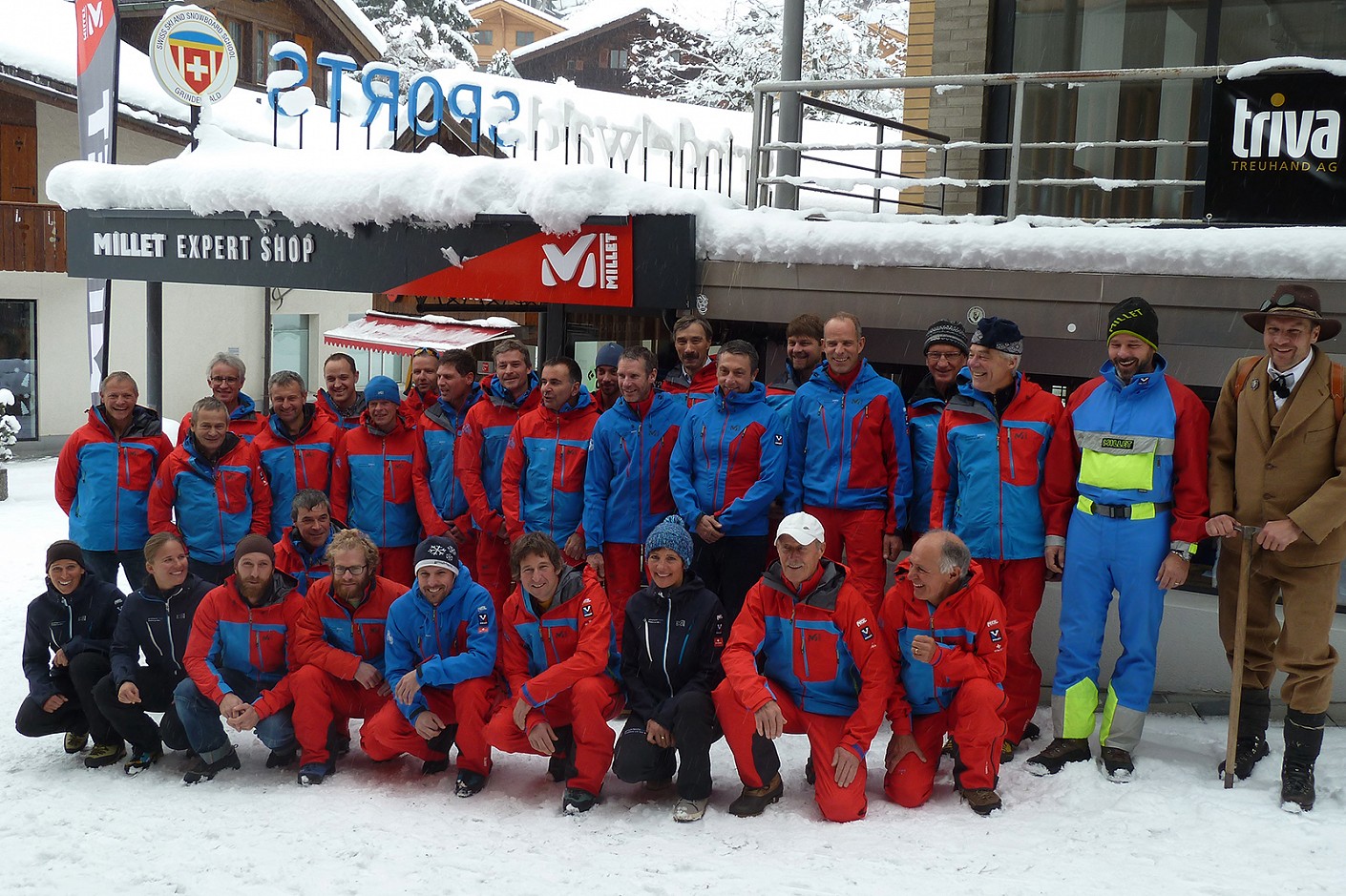Grindelwald mountain guides – from the beginnings to the 21st century
From glacier shepherds to mountain guides
The valley chronicle of Grindelwald reports several times of glacier shepherds who summered oxen, sheep and goats in the Stieregg, Zäsenberg and Challi, between Eiger and Mettenberg on the Lower Grindelwald Glacier. This was exactly the area that around 1800 foreign visitors to the valley began to take an interest in.
Some particularly (business-)efficient glacier shepherds soon realised that they could improve their meagre income as tourist guides.
In the early days of mountaineering, many Grindelwald mountain guides began their careers as glacier shepherds and tourist guides.
First mountain guides
The two glacier herdsmen Peter Baumann (born 1800) and Ulrich Wittwer (born 1794) were the first to lead a gentleman from Germany from Grindelwald over the Finsteraarjoch to the Grimselpass in 1826.
In 1828 they were involved, together with five other Grindelwalders, in the first ascent of the Jungfrau from Grindelwald.
They discovered the Eiger Cave «behind the Eiger», which served as welcome accommodation for the mountain pioneers until the Bergli and Mittellegi huts were built.
Baumann and Wittwer were among the first Grindelwald mountain guides to be mentioned in Alpine literature.
First mountain guide regulations of the canton of Bern 1856
When the Canton of Berne introduced the first regulations for mountain guides in 1856, the «golden age of mountaineering» was already in full swing. One representative of this generation was Christen Michel (1817-1880). His mountain guide career began in 1845 with the first ascent of the Wetterhorn from the Grindelwald side. His masterpiece was the first ascent of the Schreckhorn in 1861.
When the Bernese Mountain Guide Regulations came into force in 1856, so-called guide corps were formed in the individual valleys, each of which was headed by a chief guide. The guide corps maintained the paths to the newly built mountain huts. The chief of the guides made sure that the regulations were observed.
From 1856 onwards, every mountain guide also received a guide book, which was also the guide's licence and which had to be renewed every year by the government governor. Thanks to the entries of the tourists about the completed tours, today we can easily understand the time of the «Golden Age».
Christian Almer (1826-1898)
Christian Almer was indisputably the most successful and best-known Grindelwald mountain guide in the Golden Age. He achieved around 45 first ascents in the entire Alpine region. He was hired by the most famous Englishmen of the time such as George, Moore, Hornby, Philpott, Whymper, Kitson and Tuckett. In later years he became the bodyguides of W.A.B Coolidge, who lived in Grindelwald as a mountaineer and alpine journalist for 30 years until his death in 1926.
His most important first ascents:
1857 Mönch, 1858 Eiger, 1862 Grosses Fiescherhorn, 1885 Aiguille Verte, Jorasse W summit, 1867 Lyskamm, 1870 Meije Central, 1875 Täschhorn S ridge.
All these tours are recorded in Christian Almer's guide book.
Foundation of the Grindelwald mountain guide association 1898
The above-mentioned guide corps did little for the actual professional interests of the mountain guides. Therefore, in the valleys of the Bernese Oberland, mountain guide associations were gradually founded which were not directly subordinated to the state.
The driving force behind the foundation of the Grindelwald Mountain Guide Association was the parish priest Gottfried Strasser, also known as a poet and patron of numerous other institutions in the Grindelwald valley. At the founding meeting on 6 February 1898 he served as day president. 43 mountain guides were present, approved the statutes and elected the first board of directors.
The first paragraph of the statutes read: «The Grindelwald Mountain Guides' Association is a professional association with the purpose of promoting the guide trade on the Grindelwald site and to protect the legitimate interests of the driver's cab here and in the Bernese Oberland in general by joining forces. Its motto is: "Grindelwald leadership: loyalty, caution, courage and strength».
Grindelwald mountain guides as hut builders and hut owners
The foundation stone for the activity as a hut builder was laid by the Grindelwald mountain guides in the early days of alpinism, when there were no huts at all. They turned natural caverns such as the Gleckstein, the Kastenstein, or the Eiger cave into reasonably comfortable shelters. When the first huts were built, Grindelwald mountain guides were instrumental in transporting the building material and in the construction. Thus in the case of the Bergli hut in 1869 and the Schwarzeggg hut in 1877 and 1899 a group of guides was commissioned to build a small refuge on the way to the Gleckstein hut.
With the construction of the Mittellegi hut in 1924, the Grindelwald Guide Association became the owner of the hut itself. In 1998 the hut on the Ostegg was added.
After the fire in the tourist house in 1972 there was no longer any possibility of staying overnight in the Jungfraujoch. In 1979 a co-operative consisting mainly of Grindelwald mountain guides therefore built a hut in the Obere Mönchsjoch.
With the new construction of the Mittellegihütte in 2002 and 2019 and the successful extension of the Mönchsjoch hut in 2004, the Grindelwald mountain guides have continued their hut building tradition in an impressive way.
From the mountain guide office 1957 to Grindelwald Sports 2002
As the demand for mountain guides dropped sharply after the Second World War, the idea of a mountain guide agency was first conceived. This plan was realized in 1957, and the Kurverein (the local tourism association) took over the task. From 1963 onwards there was an independent mountain guide office.
Two Grindelwald mountain guide initiatives worked in collaboration and founded the Swiss Mountaineering School Grindelwald in 1971. In 1985 the two founders handed over this business to the Mountain Guide Association, which continued to run it under the name of Bergsteigerzentrum Grindelwald. In 1990 a cooperative with the same name was founded with the purpose of building an office chalet for the Mountaineering Centre on the Dorfstrasse.
After good 10 years the cooperative was dissolved and the pretty chalet on the Dorfstrasse was sold.
The ski instructors' association and the mountain guides' association founded Grindelwald Sports AG in 2002 as majority shareholders. The snow sports and mountain sports school belonging to this company moved into the sports centre and shared the office space with Grindelwald Tourism.
In 2012, a further move was made from the Sports Centre to the business and office premises on the other side of the street. Since then grindelwaldSPORTS has been operating a sports shop and a small café there.
From the club life
The mountain guide association not only supports the professional interests of its members, but also cultivates a social life. This includes further training courses, mountain guide climbing days, participation in the international mountain guide ski race, the annual mountain guide excursion, the organisation of mountain guide evenings, the organisation of anniversary celebrations, assistance at cultural and sporting events.
